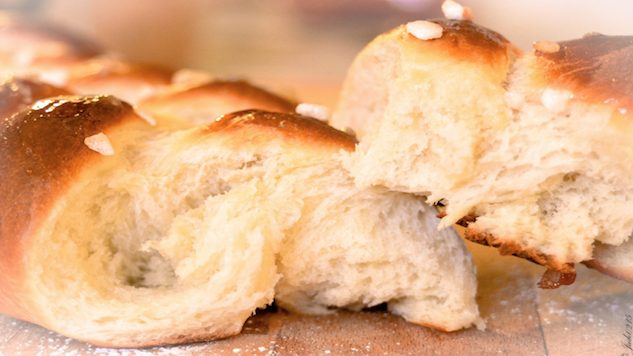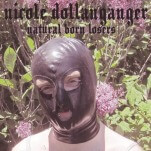Longing for a Long Loaf: Why France Makes Better Breads

It’s easy to fetishize another country’s way of life when you don’t live there.
But when it comes to bread, an everyday, ubiquitous staple of sustenance, it’s hard to grasp why France’s is so much better than ours. Good bread gives a feeling of home.
The U.S. is known for liking convenient food. We work too much and eat quickly. Bread is often a part of these quick meals, whether it’s alongside a soup or salad or in a hearty sandwich to keep us going. So why isn’t the bread better?
During rush hour in Paris or Lyon, you’ll often see a nice long baguette poking out of a commuter’s bag. The French eat bread with dinner without question. You don’t have to ask for it in restaurants. Ordering a croque-monsieur? You’ll get bread with that. Everyone I met had their local boulangerie that they liked best. But for me, a depraved American, even the grocery store baguettes, despite sometimes controversial baking practices, were good.
In her article, “Breads of Yesterday,” Karen Hess writes “The French like to say that without good bread, there is no gastronomy.” Bread itself “forms the palate of the people.” This was absolutely true as far as I could see and taste.
For a French restaurant in New York City, the bread is key, said executive chef of Sel et Poivre Christian Schienle. The restaurant gets its bread from Hudson Bread in New Jersey.
“Guests are judging the restaurant based on good bread,” he said.
Why is the bread in France so damn good?
1. Laws
A boulangerie has to make its bread on-site (no pre-made dough) to be called a boulangerie. A baguette is not just any tasty French bread: it must weigh 250-300 grams and be 55-65 cm long. Bread can only contain flour, salt, yeast and water. No preservatives are allowed. This is laid out in the French Bread Law, also known as the Bread Decree, of 1993. There are of course lots of other breads beyond baguettes, but the baguette is a common dinner companion.
2. Flour
Climate, water and altitude all affect wheat production. The milling process and flour selection is a lot different on small farms in France, according to Elizabeth Dyck, agronomist and grain advocate, founder of Organic Growers’ Research and Information-Sharing Network. She visited small French wheat farms in 2011, and many of the farmers were bread bakers too. She noticed they were blending different varieties of grains, and each used their own mixture to make bread, experimenting with different combinations to create different characteristics.
“What really excited me is that these guys had very small farms and they were making a good income. Most of them were baking artisanal sourdough bread and also using ancient wheats,” Dyck said. “[It was] an exciting model, and the bread was just phenomenal.”
-

-

-

-

-

-

-

-

-

-

-

-

-

-

-

-

-

-

-

-

-

-

-

-

-

-

-

-

-

-

-

-

-

-

-

-

-

-

-

-








































